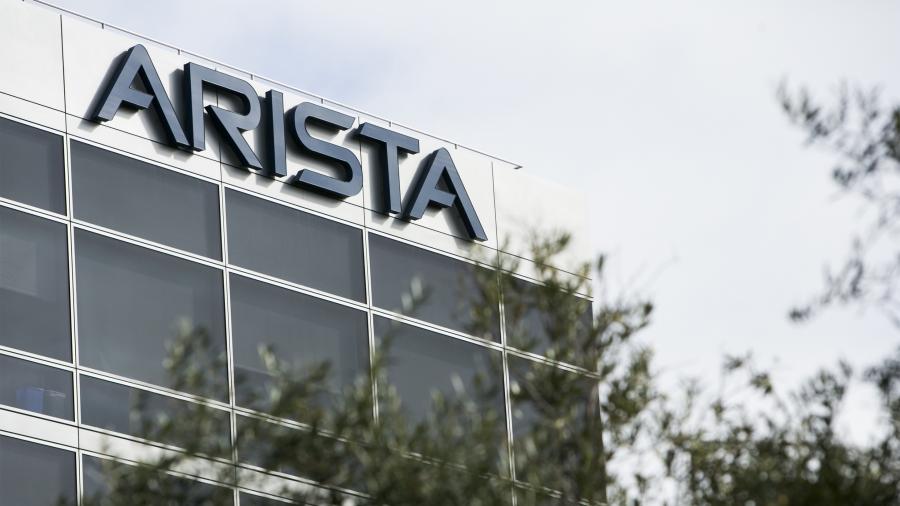Data Center's session with Albert Puig - Arista Netowrks

Last Tuesday 19th of April we hosted Albert Puig from Arista Networks in our class. This post is mainly based in the concepts and insights Albert teach to us. The class was focused to give tips and processes to follow when implementing a Data Center in a real environment.
First thing to consider when you design a data center; THE ENVIRONMENT. Let’s imagine we have a finance environment, like a bank entity, you should start knowing that the following data centers are going to be needed:
- Internal DC (applications, …)
- E-Banking DC
- Big Data DC
- High Frequency Trading (HFT) DC
- Bank Transfers DC
This are the most common ones but the client may require something else.
Once you know the data centers you need to design it is time to decide if we want to implement them in a virtual data center or a physic one. Normally Internal DC, Big Data DC and Bank Transfers DC can be virtualized and running in the same physical machines. Then E-Banking DC and HFT DC need their own machines to run due to the amount of data that need to be sent through the network.
Next step is to select the appropriate LEAFs and SPINEs to ensure the uplink connection of each server of the data center. When choosing the LEAF you should take into account the number of downlinks, their capacity, and the number of uplinks you are going to use and their speed. Based on the downlinks speed and the maximum number provided by the LEAF you will get the maximum capacity of the server. Knowing this capacity and the number of uplinks used and their speed you can get the relation between them. This relations is telling you the ability of the system to avoid overcrowding in the network, and is recommended not to be over 4:1. Ideally you should have a 1:1 relation, but cost of the network is an important thing to consider and you can consider that the network is not always using all the resources. Another aspect to consider when choosing the uplink is the environment: if you are working in a Big Data environment this relation has to be lower due to the size of the packets transmitted through the network (150Gb each). The overcrowding of a Big Data DC is higher due to packets size and so it needs higher bandwidth in the uplinks.
When you have chosen the LEAFs and SPINEs you should think about the layer level of your design. There are two possible options and none of them is absolutely better than the other one; LEVEL 2 or LEVEL 3?
Level 2 is easier to operate when a change is required in the network, for example you just need to change the VLAN’s main configuration and it will automatically change through all the data center. But at the same time you are working with MAC addresses and switches memory will limit you the amount of possible MAC addresses you can use.
Level 3 does not limit you in that way, but any change in a switch (at Level 2) is difficult to scale to the entire network (Level 3). A good solution for this problem is the VXLAN, a protocol that allow you extend a Level 2 network to a Level 3 one.
Uplinks within a Level 2 data center:
Uplinks within a Level 3 data center:
Until here we have considered key points about the design of the data center, but when designing a data center the easy operation of it is another thing to take into account. The data center has to be well designed to run for the specific needs of the company and also has to allow the company manage it in the easiest possible way. When talking about operating a data center you have to think about future planned changes, non-planned future changes and troubleshooting. Tools like NET CONF will help you to operate with a network build with different network solutions providers.
The monitoring of the network is a key point to operate it and to solve any issue. Monitoring is a key point to consider when you design the network, you should think which is the most relevant information to extract from the network and how can you use it in order to solve issues.